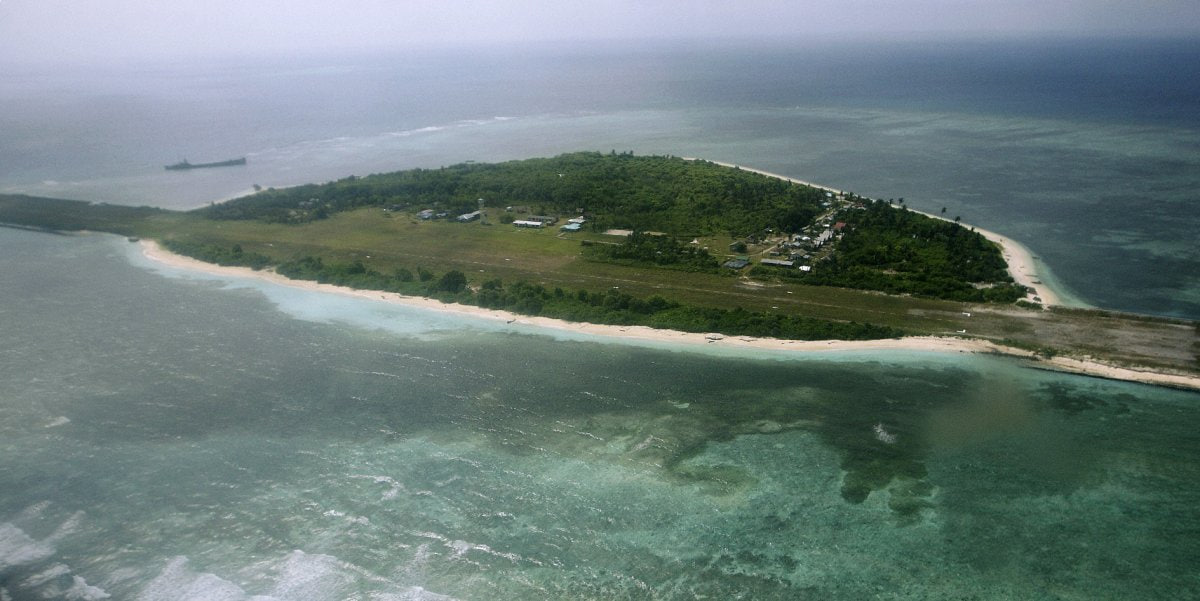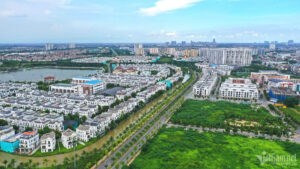The Philippines has commenced the development of an airport on Pag-asa Island in the South China Sea, amid ongoing territorial disputes and rising tensions with Beijing.
The Philippines has taken steps to bolster its presence in the contested waters. The construction of an airport on Pag-asa Island, known internationally as Thitu Island, is part of this broader strategy.
The airport development, first reported by Bloomberg, is seen as a move to enhance both civilian and military access to the island, where a small Filipino community and military personnel are stationed.

The procurement of land for the runway extension is currently underway, according to Bloomberg. The completed project is expected to significantly improve travel to and from the remote island, facilitating better supply routes and potentially boosting tourism and investment in the region.
“China has indisputable sovereignty over Nansha Qundao, including Zhongye Dao, and the adjacent waters,” a spokesperson at China’s U.S. embassy told Newsweek, using the Chinese names for the island and the collection of islands it is a part of.
China does not “recognize the ‘status quo’ of Philippines’ illegal occupation of relevant maritime features of the Nansha Islands, and opposes the unlawful construction carried out by the Philippines on maritime features of China’s Nansha Islands,” the spokesperson said.
In addition to the airport on Pag-asa Island, the Philippines is also nearing the completion of a military runway on the island of Balabac in Palawan province, close to the South China Sea. Balabac is one of the new sites that the U.S. military can access under an expanded defense agreement between the two countries.
“We are in the final stages of working on the Balabac military runway, especially since Palawan will play a big role in national security,” Philippine President Ferdinand Marcos said, according to Bloomberg.
The new infrastructure projects are among the priorities of the Marcos administration, aimed at opening up the region south of the capital to new investments, easing transportation, and strengthening the tourism sector.
Source: Newsweek




